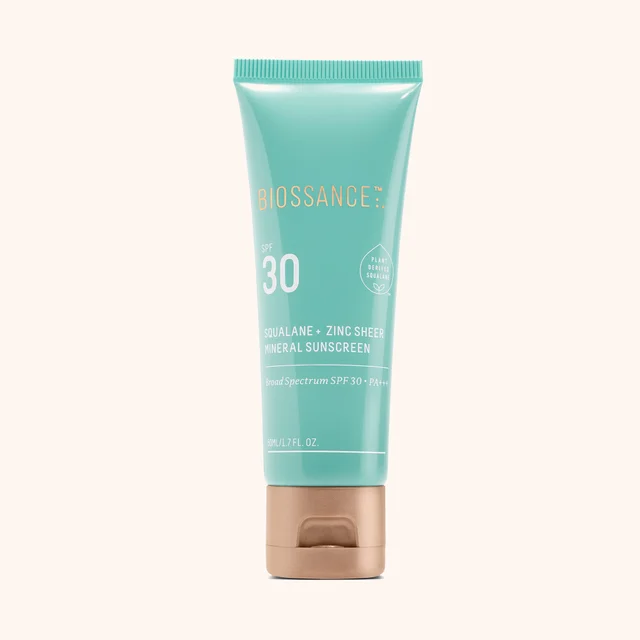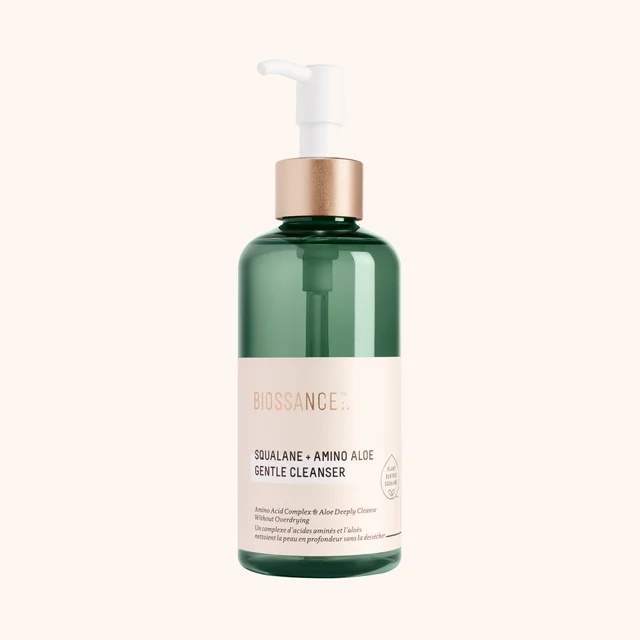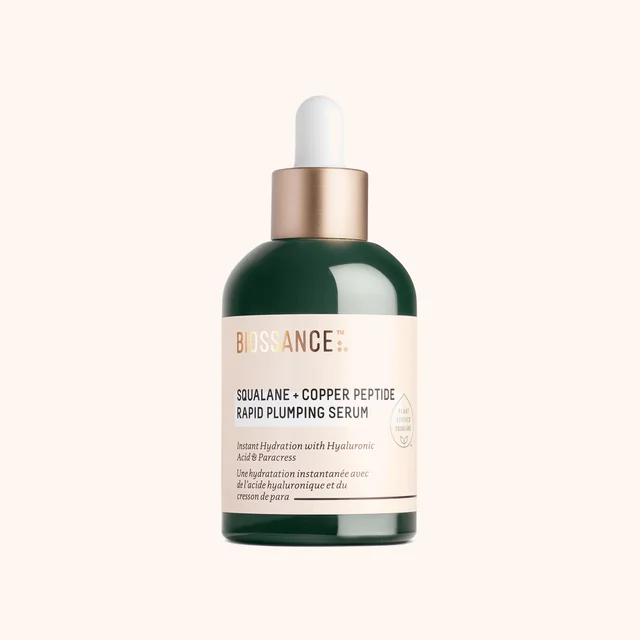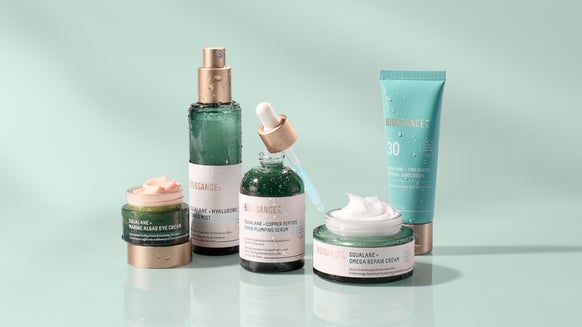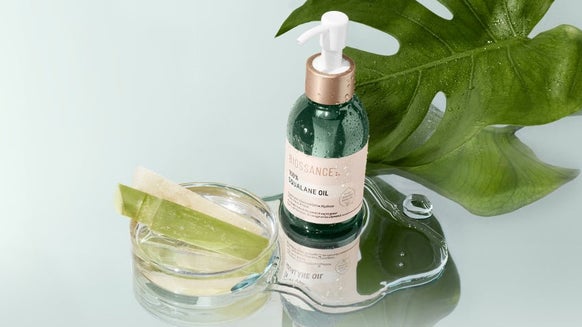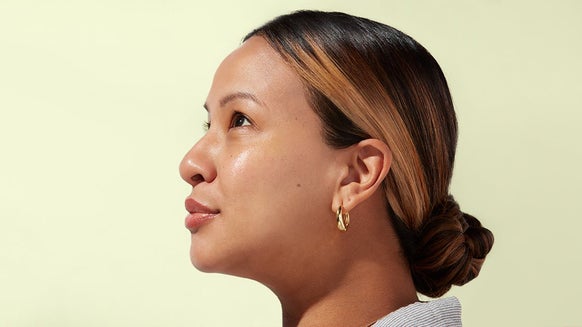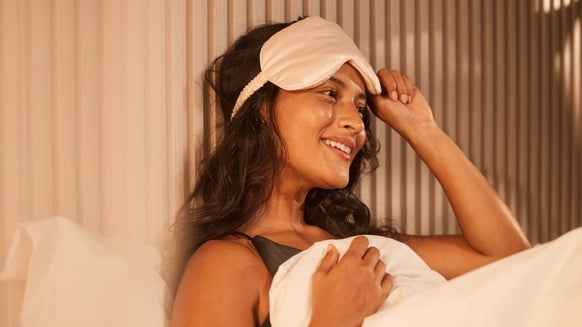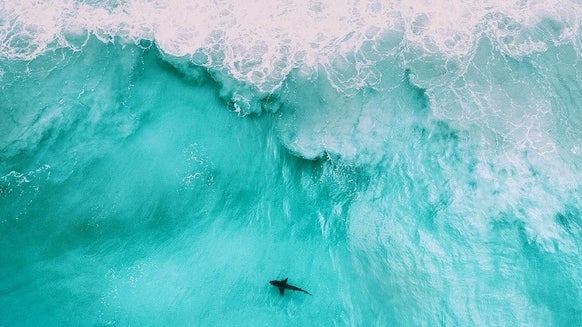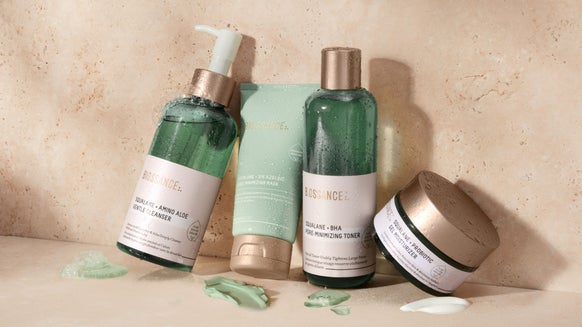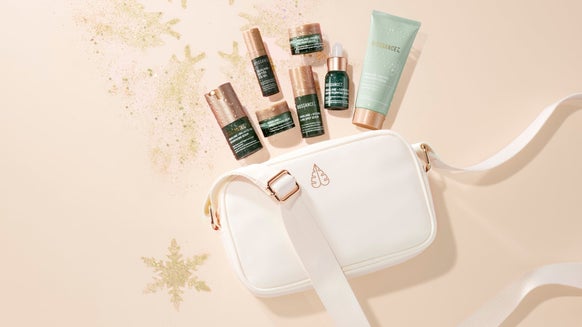Why You Should Always Protect Your Skin With Reef Safe Sunscreen
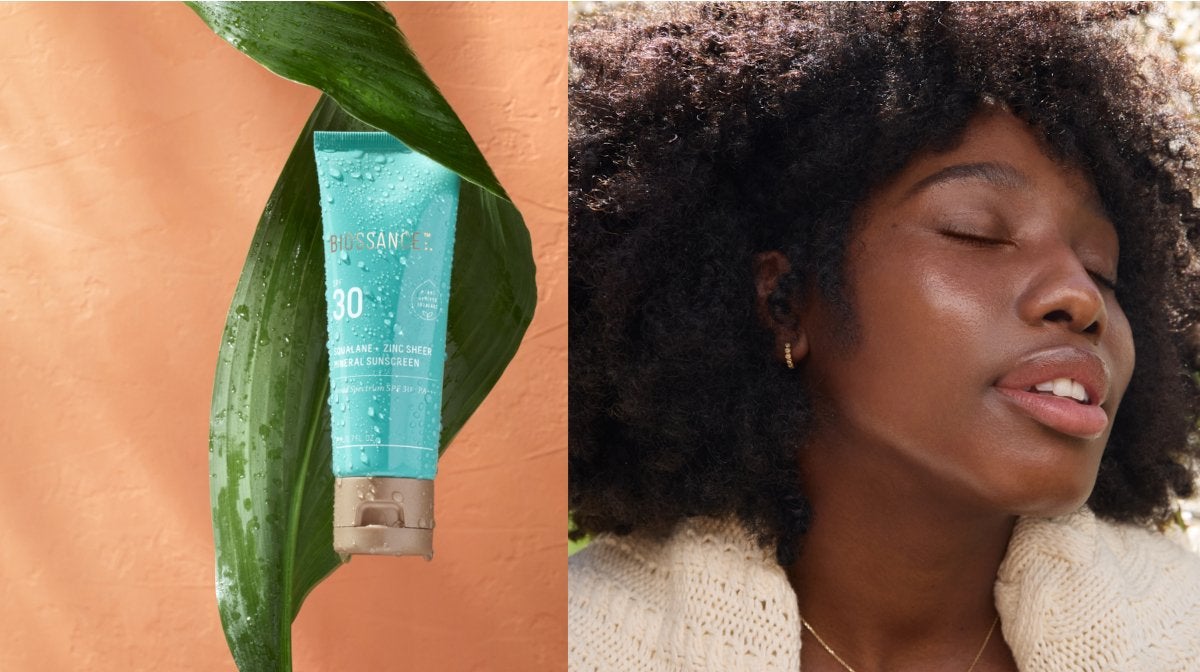
Bathing suit? Check. Beach Read? Double check. Reef safe sunscreen? *crickets*
Don’t worry, we’ve got you covered.
We understand that product labels can be difficult to decipher. After all, what makes sunscreen reef safe? What’s the difference between chemical vs. mineral sunscreen? And why do you need an SPF of at least 30?
In this post, we’ll answer these questions and more to help you understand how to choose the most protective, reef-safe sunscreen.
Chemical vs. Mineral Sunscreen
Chemical sunscreens penetrate into the skin to absorb UV light, then convert it to heat. These chemicals can break down during the course of use and also irritate skin. That’s not exactly ideal if you have sensitive skin.
On the other hand, mineral sunscreens - like zinc and titanium dioxide - scatter UV light away from skin. Think of it as a shiny coat of armor reflecting sunlight away from your skin to deflect damaging UV rays.
So chemical sunscreen absorbs, mineral sunscreen reflects. Pretty simple, right? Unfortunately, the easy part ends here.
Reef Safe vs. Reef Friendly Sunscreen
Scientists have discovered that some sunscreen ingredients may harm coral reefs. In response, many manufacturers began using the terms “reef safe” and “reef friendly.” These are both unregulated terms, which means a manufacturer can use them without proving that their sunscreen doesn't harm coral reefs.
There is no official definition for what is reef safe sunscreen. Most manufacturers use these terms to describe 100% mineral sunscreens. Some also use them to describe chemical blocks such as avobenzone, octisalate, and homosalate. There are two reasons why this is problematic:
- The jury is still out on whether these chemical sunscreens are actually coral reef safe sunscreens.
- Mineral sunscreens can feel goopy and leave behind a white residue. To avoid this, some manufacturers use zinc nanoparticles, which can also damage coral reefs.
What is Reef Safe Sunscreen?
In our view, reef safe sunscreen is a product that contains neither chemical sunblocks nor nanoparticles. Our scientists engineered our Zinc Sheer Mineral Sunscreen SPF 30 with this gold standard in mind.
We use 17.68% non-nano zinc to provide broad-spectrum, SPF 30 protection. Our sunscreen also contains squalane, which works together with zinc oxide to help strengthen the skin's moisture barrier. The best part: it’s sheer, weightless, and instantly protects the skin from UV rays and pollution without any chalky residue.
How to Layer Sunscreen with Your Skincare
Damaging UV rays can affect your skin year-round, making sunscreen a crucial step in your skincare routine no matter what the season. Always use sunscreen as the final step in your morning skincare routine to get the best protection.
Follow this layering guide to ensure you're getting the most out of your sun protection product and keeping skin healthy, plump and hydrated.
Step 1: Cleanse with Amino Aloe Gentle Cleanser to deep clean pores without over stripping.
Step 2: Massage a dropper full of Copper Peptide Rapid Plumping Serum into still-damp skin to instantly plump while providing lasting hydration.
Step 3: Top with two finger lengths of Zinc Sheer Mineral Sunscreen SPF 30. Our sunscreen is built to multitask with skincare ingredients including moisturizing ectoin, hydrating sugarcane-derived squalane, and butterfly ginger extract to defend skin against pollution and blue light damage. This powerful trio of protective ingredients combine with the power of non-nano Zinc Oxide to create a sunscreen, moisturizer, and makeup primer – all in a single step.

As a lifestyle writer and journalist, I love sharing my passion for ocean conservation and obsession with clean beauty. I’ve tried almost every trend and ingredient, and Biossance’s science-backed formulas are the only ones that consistently calm my reactive skin and make it smoother, clearer, and healthier. I’m so excited to be on this journey of skincare innovation with Biossance, and to share it with you!
